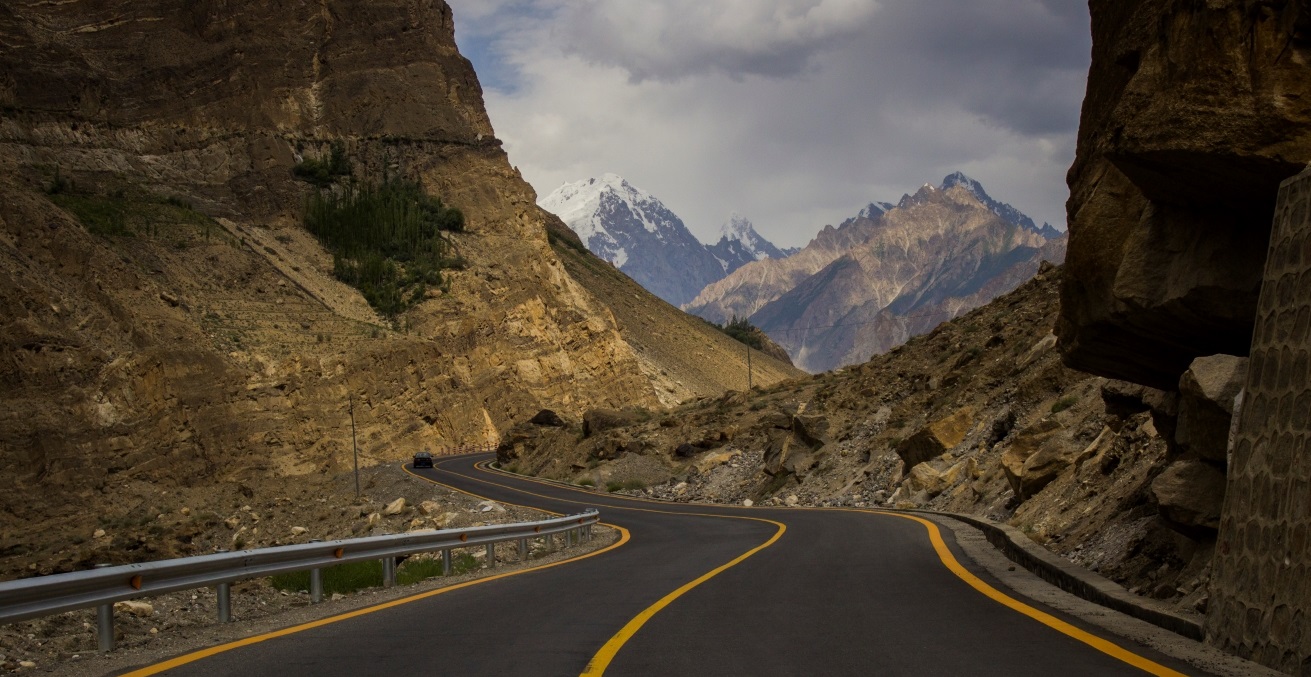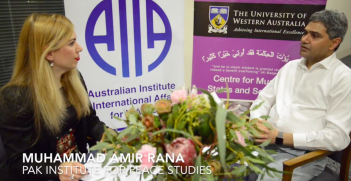China-Pakistan Corridor: Quo Vadis?

The China-Pakistan Economic Corridor provides China strategic access to the Arabian Sea and lucrative projects for Chinese companies. Pakistan needs Chinese technology to upgrade its infrastructure, especially in the energy sector, but CPEC has increased Pakistan’s fiscal instability and opposition requests for more transparency.
In 2015, China and Pakistan signed the China Pakistan Economic Corridor (CPEC) agreement connecting both countries with about 58 projects worth about US$62 billion. These include eight projects to develop Pakistan’s Gwadar port, city and airport in Baluchistan, 21 new coal, hydro, and solar power plants, and the development of power transmission lines, highways, railways, and fibreoptic cable.
China sees an economically prosperous and stable Pakistan as politically advantageous and wants to create a geostrategic connectivity corridor from its resource-rich Muslim Xinjiang province to Pakistan’s Gwadar city and port. Gwadar is strategically important because of its closeness to the Strait of Hormuz, the cross junction of vital international sea shipping routes. For China, the construction and administration of coal-fired power plants within CPEC pose good alternative business opportunities abroad for its state-owned enterprises at a time when coal-fired power in China is being scaled down with President Xi Jinping’s stronger focus on a sustainable power supply.
The previous Nawaz Sharif government and the present Imran Khan-led government of Pakistan have hoped that projects with Chinese technological know-how and money would help upgrade Pakistan’s industrial infrastructure and revitalise its economic development. A tax-free Gwadar deep seaport is expected to turn Pakistan into a regional trade and transport hub. Pakistan’s perennial power shortages and power transmission losses have been major challenges for every Pakistani government. The CPEC power plants were intended to provide a fast remedy. At Pakistan’s request, China’s investments were predominantly in coal-powered plants.
Before his election in 2018, Khan pledged to renegotiate CPEC projects. However, the majority of projects continued as originally planned. Khan recently pledged “to complete CPEC at any cost” when he launched “CPEC Phase 2.0.” He also increased the military’s role in the CPEC governance when he appointed retired Army General Asim Bajwa as chairman of the newly created CPEC Authority in 2019. Bajwa was tasked to push ahead with stalled CPEC projects. Even though Pakistan managed the COVID-19 pandemic comparatively well, its economy suffered. Work on CPEC has resumed since June 2020. In spite of Pakistan’s problematic fiscal situation, new contracts worth $11 billion were recently signed for the construction of two hydropower plants and the Mainline1 railway. In July, the controversial CPEC Authority Bill was introduced, granting the military comprehensive powers and reducing the role of civilian government, and in spite of recent corruption allegations against Bajwa concerning his family business, Khan has retained him as CPEC chairman.
Information on the progress of CPEC projects is opaque. Some projects have been subdivided into different stages, and some have been shelved or are still without financial closure. Khan claims “substantial progress” has been made. Observers guess that a quarter of the projects have been completed, among them nine power projects worth $7.9 billion. Nine projects, worth $ 9.5 billion, are being constructed (four coal power plants, four renewable energy plants, and a coal mine). The Gwadar projects are advancing, and the Lahore Metro line and part of the Peshawar-Karachi Motorway have been completed.
Main problems
Pakistan faces a vicious cycle of high debt liabilities. Its total debt and liabilities surged to 106 percent of GDP in 2020. Domestic debt has risen by 35 percent to about $135 billion. Pakistan’s foreign reserves have fallen to a low of $13 billion. Its GDP contracted by 2.8 percent in 2019/20. In 2019, the International Monetary Fund (IMF) approved a $6 billion loan but demanded “decisive fiscal consolidation to reduce public debt.” In March 2020, Khan asked China for a moratorium on its loans to mitigate the economic impact of the COVID-19 pandemic. China announced on 7 June 2020 a suspension until December 2020 of debt repayment for 77 developing countries, including Pakistan, under the G20 Debt Service Suspension Initiative. Pakistan also borrowed $1 billion in 2020 from China to refinance a $6.2 billion loan it had secured from Saudi Arabia in 2018. Pakistan has received $4.205 billion from the IMF, the Asian Development Bank, the World Bank, and the Asian Infrastructure Investment Bank to tide it over during the COVID-19 situation. It is estimated that Pakistan owes China between $22 and 30 billion, constituting the largest portion of its external debt owed to one country. A dangerous debt spiral is looming.
The Sharif government’s decision to switch from oil to coal was problematic. 70 percent of all the CPEC power plant projects are coal-based. Coal usage is projected to rise from five million tonnes in 2015 to 15 million tonnes in 2020, and imports will also rise as domestic coal reserves are insufficient. With this, Pakistan’s commitment to reduce greenhouse gases under the Paris Agreement will be difficult to achieve. Likewise, the focus on coal contrasts with China’s newly proclaimed domestic sustainability policy, yet China continues to be involved in coal power plants in its neighbourhood.
Most CPEC power plants are based on the Chinese BOOT (“build, own, operate, transfer”) model. Chinese ownership will be transferred to the government of Pakistan after 30 years of operation. This has raised transparency and accountability questions. Following recent electricity price hikes, a government committee set up in August 2019 reviewed the role of Independent Power Producers (IPP). It recently found serious “malpractices” by IPPs, like inflated operating costs and high annual profits. Pressure is mounting on Khan by the newly founded opposition “Pakistan Democratic Movement” to ensure the efficacy of CPEC projects.
For years, Balochistan separatists and insurgents have been fighting the national government. CPEC projects have become targets and are increasingly unpopular among the Balochistan population. Benefits of the big Gwadar projects don’t seem to have trickled down to the local population of this historically underdeveloped province. The Pakistani army has launched major security operations but seems to have been rather heavy-handed in its approach. Alleged extrajudicial arrests by the military have resulted in a loss of confidence in the government.
Five years after the start of CPEC, Pakistanis demand greater transparency and accountability. It is in the mutual interests of both governments to ensure that tangible benefits reach the Pakistani population soon and that greater transparency is achieved. Pakistan’s fiscal and economic woes, compounded by the effects of the COVID-19 pandemic, do not leave much room for manoeuvre.
Dr Anne-Marie Schleich was a career German diplomat from 1979 to 2016. She served in Islamabad, Singapore, Bangkok and London. Most recently, she was Consul-General in Melbourne, Australia and later the German Ambassador to New Zealand.
This is an edited version of an article that was also published by the Institute for Strategic, Political, Security and Economic Consultancy, ISPSW Strategy Series, Issue 726, Nov 2020, Berlin and by RSIS.





